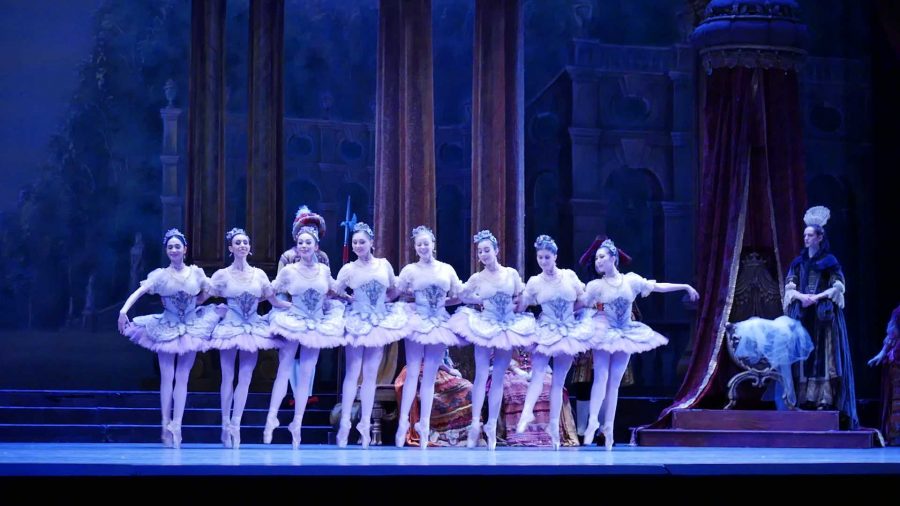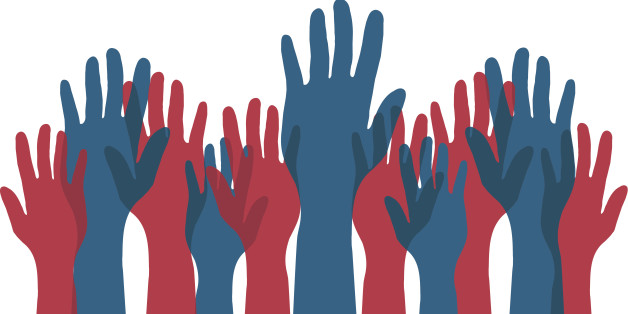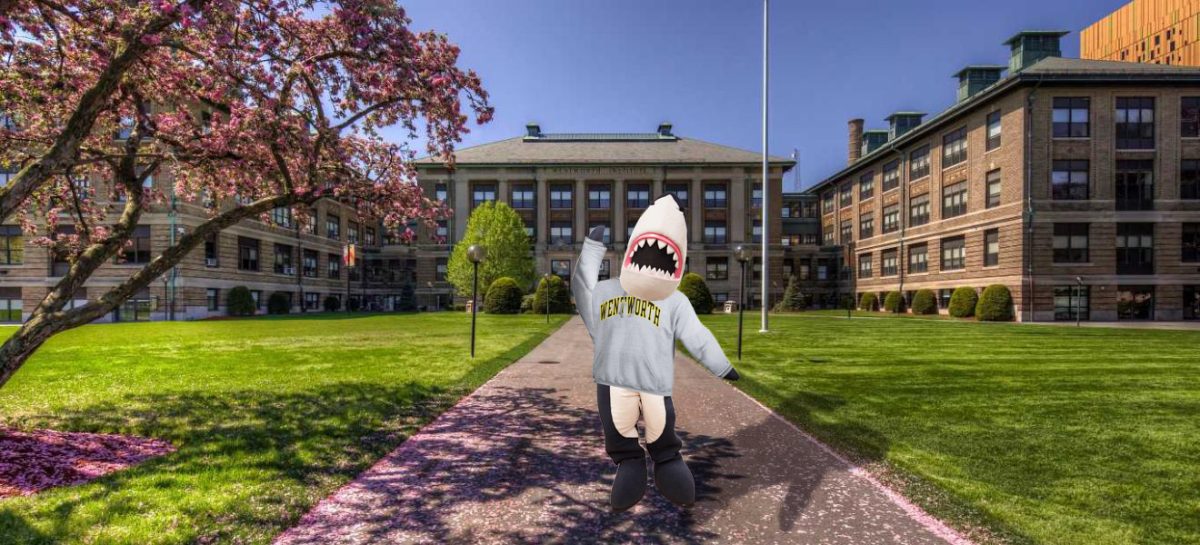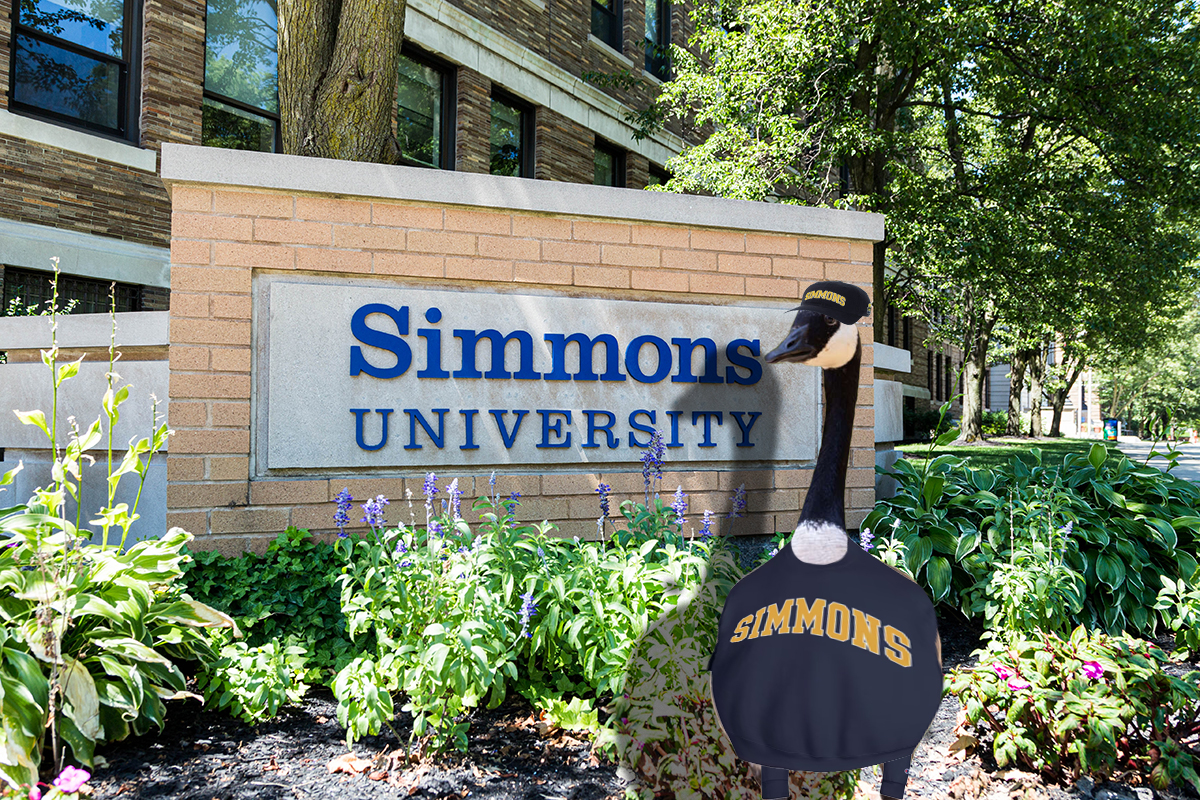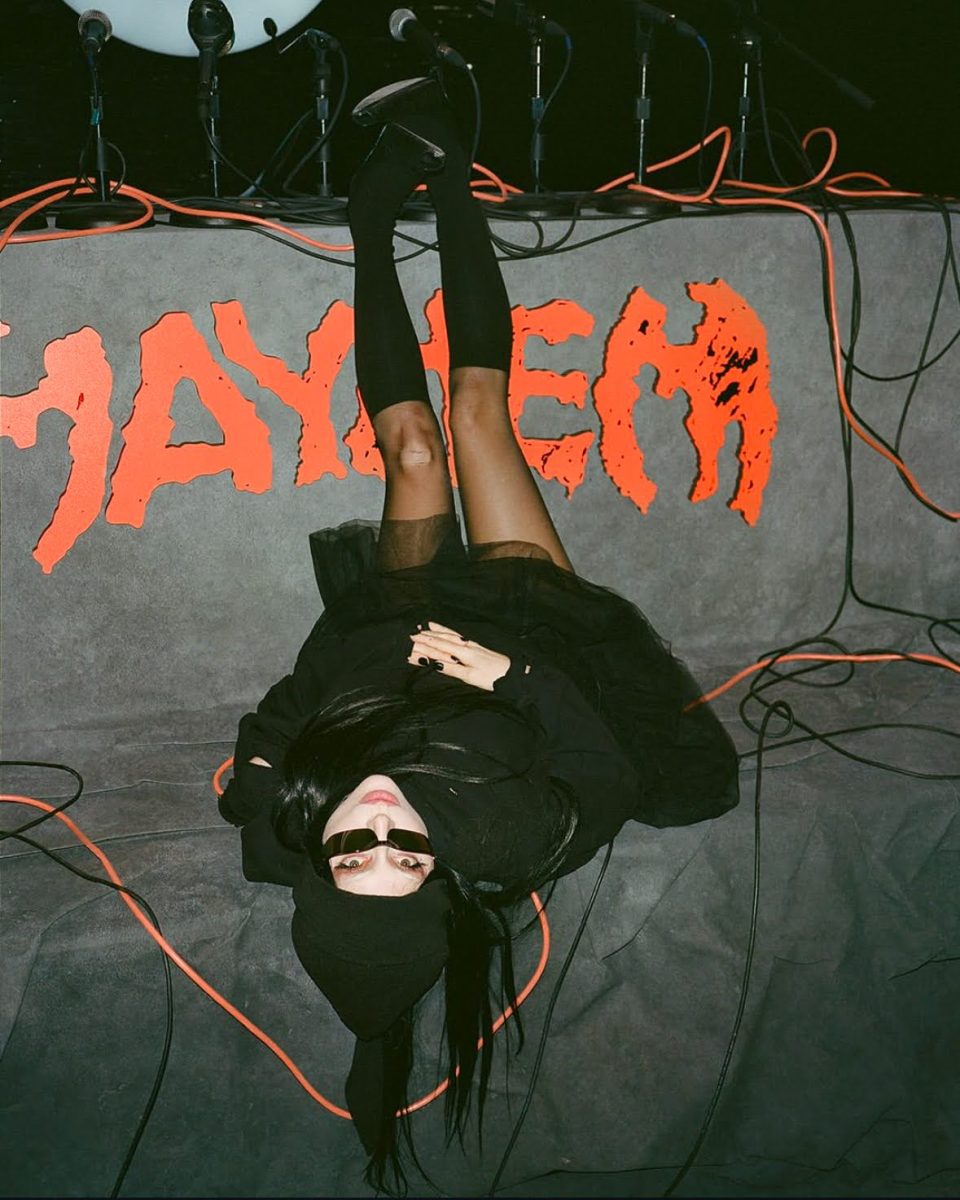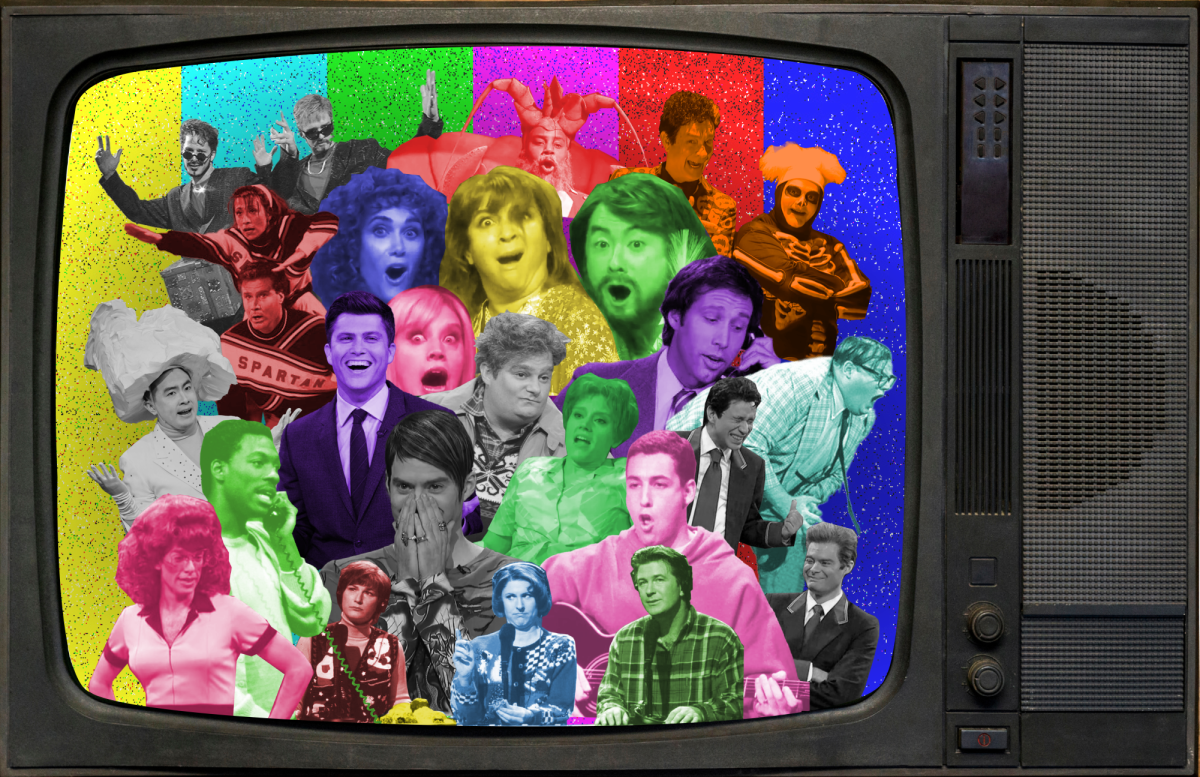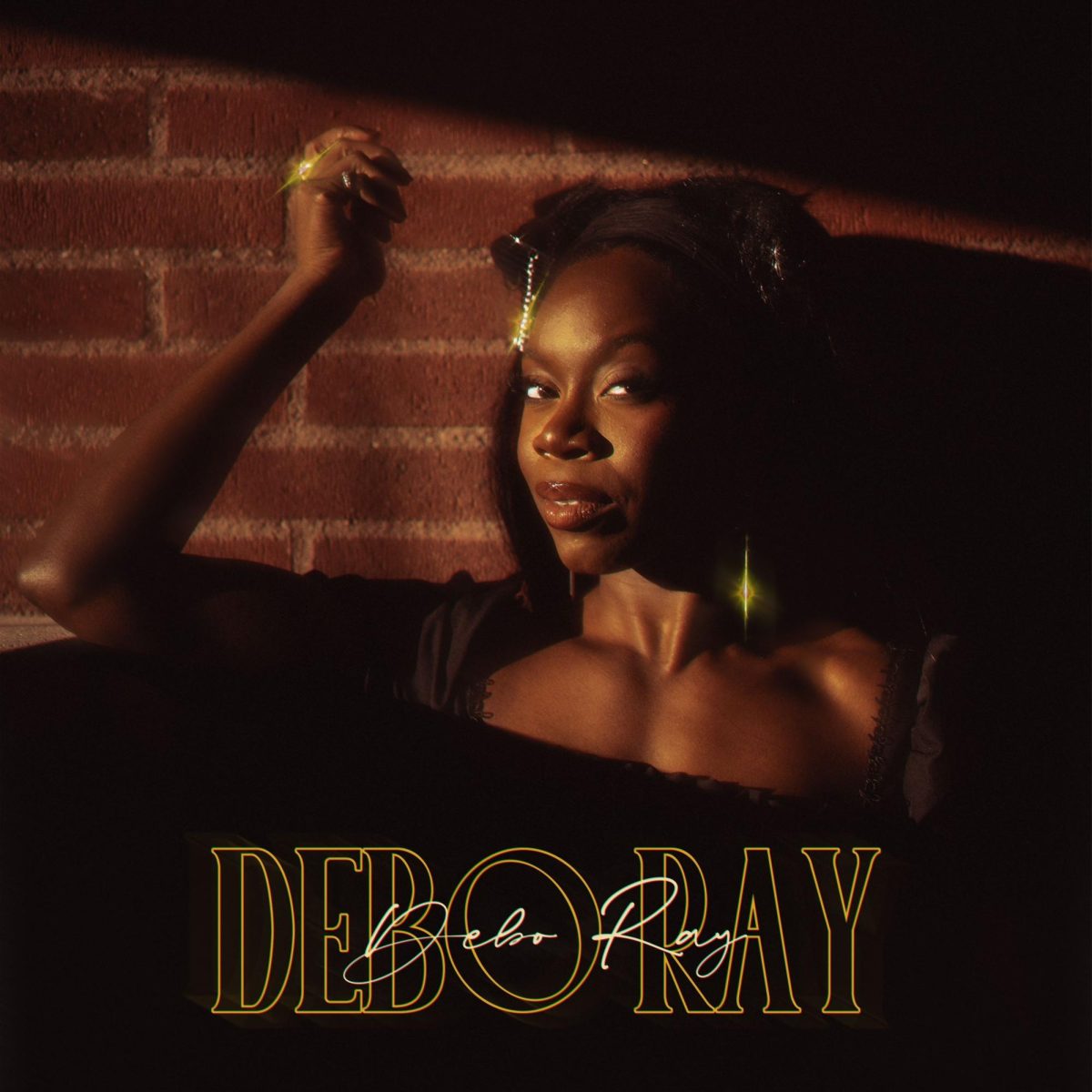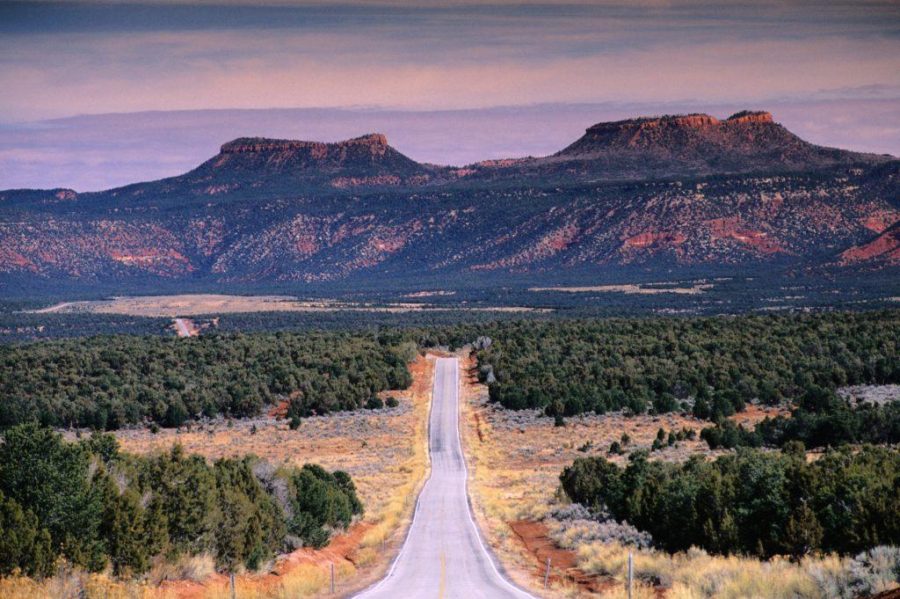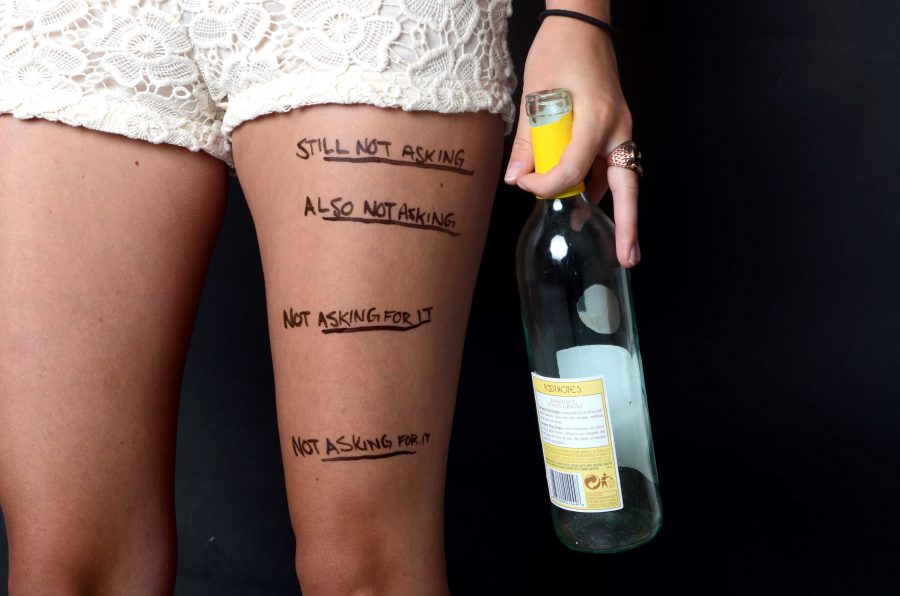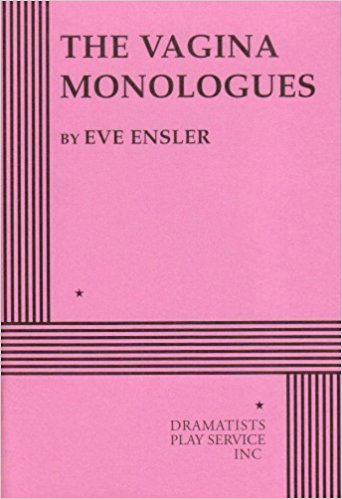By Kallie Gregg
Staff Writer
“Rogue One: A Star Wars Story” opened in December, bridging the gap between 2015’s, The Force Awakens, and next year’s “The Last Jedi”. The anthology film, directed by Gareth Edwards (“Godzilla”, “Monsters”) broke away from the episodic structure of the previous seven “Star Wars” films, serving as a standalone entry in the iconic franchise.
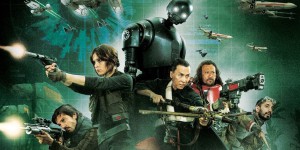
“Rogue One” follows the story of Jyn Erso (Felicity Jones) the daughter of Galen (Mads Mikkelson), an imperial scientist who is instrumental in the design and construction of the Death Star. Erso the younger, however, has been separated from her family since childhood and is imprisoned in an imperial labor camp.
Jyn is quickly “rescued” by members of the Rebellion and offered a deal: if she helps to make contact with an imperial deserter who used to work with her father and has information about the Death Star, then she’ll go free. Alongside rebel intelligence officer Cassian Andor (Diego Luna) and droid K2S0 (Alan Tudyk), she goes to meet the imperial pilot Bodhi Rook (Riz Ahmed). The group are also joined by Chirrut (Donnie Yen) and Baze (Jiang Wen), former guardians of a Jedi temple.
The mission is simple on the surface but complications inevitably ensue; the newly formed band of rebels need to go retrieve the Death Star plans themselves and deliver the information to the rebellion. Meanwhile, Imperial officer Orson Krennic (Ben Mendelsohn) is preparing to test the Death Star’s destructive power. Thus, a handful of rebels in a stolen ship (call-sign Rogue One, for which the film is named) prepare themselves to go up against the might of a galactic empire, armed primarily with hope.
Although the film starts slowly and takes its time gathering speed, it builds to a shattering and riveting conclusion. If “Rogue” was visually stunning but clunky in its beginning, the third act makes up for it. The final 45 minutes of the movie are impossible to look away from and changed the way I think of the original trilogy of “Star Wars” movies forever. It does, however, make the slowness of the film’s opening even more obvious in comparison.
Much of the strength of “Rogue One” comes from the ensemble cast—although the audience has less time with these characters, the actors did well to convey the urgency of their situations without sacrificing a sense of humanity or relatability. The visible effort to cast a more ethnically diverse group helps as well—it is far easier to immerse oneself in a story when you’re not wondering why everyone is white.
Unfortunately, the same cannot be said for the female characters in “Rogue One”. By my count, four women have speaking roles in the movie (three, if you do not count CGI Carrie Fisher, may she rest in peace). Only Jyn appears in more than a handful of scenes. It’s disappointing that the franchise has made so much progress with regards to diversity (both in “Rogue One” and with John Boyega and Oscar Isaac in “The Force Awakens”) but still cannot seem to write more than one significant female character per film, or cast a woman of color.
Despite its faults, “Rogue One” is still a well-designed action movie that is made more emotionally resonant by its connection to the “Star Wars” universe, and by its ability to redefine what a “Star Wars” movie can look like: a singular, cohesive piece that stands on its own instead of building towards a trilogy.





